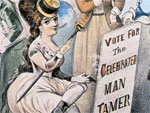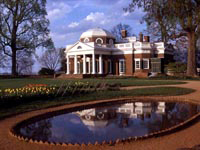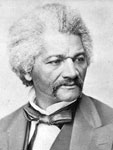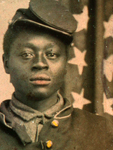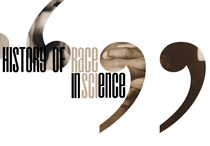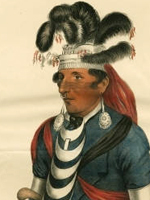Probing the Past
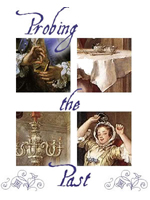
Presenting 325 probate inventories, this website provides a unique window into daily life in Virginia and Maryland between 1740 and 1810. In this time period, county courts appointed appraisers, local men, to visit an estate after its owner died, list what was there, and estimate its value. These listings, called probate records or inventories, can be analyzed to illuminate a family's routines, rituals, and social relations, as well as a region's economy and connection to larger markets. These inventories are a sample from the region at this time, picked to be representative of the furnishings in George Mason's Gunston Hall. They are all digitized, transcribed, and searchable.
For a general overview, the inventories can be browsed by decade and county—including York, Norfolk, Richmond, and Fairfax counties in Virginia. For more detailed information on the role of material culture in colonial life, the site's Interpreting section presents interviews with two scholars who use probate records to discuss topics such as slavery and slave life, credit and debt, and women and property ownership. Three detailed lesson plans, written by Virginia teachers, are also available, providing suggestions for incorporating these rich sources into classroom learning.
